history
Latest content and event information
-
You can try making your own ``one-of-a-kind flower hairpin''!
Even small pieces of cloth that would otherwise be thrown away are cherished and used with care.
I want to spread the spirit of tsumamizaiku, so I don't just teach techniques, but I focus on the experience of ``finishing a piece of work''.
The thrill of seeing a small piece of cloth that would otherwise have been thrown away become a wonderful accessory, and the joy of playing with colors will soothe your mind and forget the time.
Please take a look at how much you can bring out the personality of the cloth that changes by pinching it, and how it transforms into a chance encounter and a single flower petal.*The experience is for 2 or more people.
*Please make a reservation in advance.LINK KYOTOsustainablehistoryexperienceKyotogenuinetraditional cultureSDGs
-
We offer a variety of experiences such as Japanese clothing, tea ceremony, calligraphy, flower arranging, and incense listening!
You can enjoy a variety of cultural experiences in a spacious store with a Japanese-style atmosphere.
We accept reservations well in advance so that our customers can enjoy the experience at their leisure.
We will also travel to your desired location other than Kyogokoro, so please feel free to contact us.
At Kyoto Handicraft Center, you can enjoy shopping and dining by reservation.LINK KYOTOhistoryKyoto sightseeingexperienceKyotogenuinetraditional culture
-
Ittoen museum, where people live a life of service without possessions
Ittoen Museum ``Kosoin'' is a museum that introduces ``Ittoen'', which was founded in 1904 by Mr. Tenko Nishida.Currently, ``Ittoen'' has formed a family-like community in a corner of Yamashina, Kyoto, and lives a life of service (alms) as shown by Mr. Amaka.Based on the belief that if one lives a life in harmony with nature, one can be forgiven and live even if one does not own anything or exchange one's work for money, and always has a heart of repentance and lives a life of service without possessions. going.
YamashinaAmaka NishidaLINK KYOTOhistoryKyoto sightseeingKyotogenuine
-
See, touch, play and discover the charm of kanji in Kyoto!
Japan's first "museum specializing in kanji" opened in 2016 near Yasaka Shrine in Gion, Kyoto.
This is a facility where you can enjoy learning about Japanese kanji culture through hands-on exhibits.
This is an experiential museum where you can not only look at kanji, but also experience many surprises and discoveries through exhibits that you can touch, learn, and enjoy.
ticketChinese charactersLINK KYOTOhistoryKyoto sightseeingexperienceKyotogenuine
-
Saga Arashiyama has been loved by aristocrats and cultural figures since ancient times.
This museum is a museum that conveys the history and charm of Hyakunin Isshu, which is said to have originated in this area, as well as the essence of Japanese painting.Climb the stone steps, pass through the Kanmokumon gate, and step into the rock garden where you can enjoy the beauty of the four seasons: weeping cherry blossoms in the spring, azaleas in the early summer, red leaves in the fall, and snow caps in the winter.
The view from the second floor is like the world of a Japanese painting, with Mt. Ogura, which is associated with Hyakunin Isshu, in the background, and Arashiyama and the Oi River, which have been famous scenic spots since ancient times, as borrowed scenery.
We offer exciting exhibitions each season so that everyone can enjoy the beauty of Japan and its beautiful nature.You can also use it only for cafes and shops.
Hyakunin IsshuJapanese paintingLINK KYOTOhistoryKyoto sightseeingKyotogenuineArashiyama
-
At the same time as you enjoy matcha, you can also learn how to make usucha!
A city-run tea room that is unique to a tea area. Enjoy seasonal sweets while watching matcha and sencha tea being served on a daily basis.
[Special note]
Only about 15 people can be seated at the tea ceremony at a time (15 people on chairs, 30 people in total).It takes about 20 minutes for one seat.
Please note that the matcha and sencha styles change daily.
*There is no parking lot at Taihoan, please use a nearby parking lot.
UjiMatchatea roomLINK KYOTOhistoryexperienceKyotogenuinetraditional culture
-
A special one-day only experience (Saturday, December 9th) where you can interact with the people of the Minami Kannon Preservation Society, which has been protecting Minami Kannon Mountain*!
*One of the 34 floats that have continued to support the ``Yamahoko Junko'', the main event of the Gion Festival, which has continued for 650 years.
“How do they assemble such a big float?” “What does everyone usually do?”
This is a valuable opportunity to resolve these questions.
Why not reconsider the ``connections'' of the Gion Festival, which is rooted in the local community, through interaction with the members of the preservation society?
limitedfestivalLink KyotospecialLINK KYOTOhistoryexperienceKyotogenuinetraditional culture
-
Enjoy the quiet morning of Arashiyama, where you can enjoy the autumn colors, from the boat.
We also have a special plan where you can enjoy breakfast on board!
Enjoy Arashiyama to the fullest during the quiet early morning hours.
Link KyotoSenkoji TempleshipBentoearly morningreservedViewingspecialLINK KYOTOautumn leaveshistoryKyoto sightseeingKyotogenuineArashiyama
-
The dream waterway of our predecessors, which can be traced by canal boat
Traces of many great achievements that can only be seen by boarding the shipLake Biwa Canal is an artificial canal built to revive Kyoto's industry, which had declined due to the relocation of the capital to Tokyo. This project, which was completed after overcoming numerous difficulties, was a major project in Kyoto during the Meiji period, carried out solely by Japanese people. The Lake Biwa Canal has been revived after 70 years.
Please enjoy a boat trip where you can see for yourself the achievements of our predecessors while enjoying the scenery around the canal that creates a seasonal atmosphere.▶ Unique points
《Points that can only be seen by those on board》
・Among the plaques written by politicians who represent the Meiji period that are displayed at the entrance of each tunnel, the only one inside the tunnel is Kunimichi Kitagaki, the third governor of Kyoto who planned and constructed the canal project. It's a flat forehead.
・Passengers on board can see the pit, which was the first in Japan to use the pit method, from below.LINK KYOTOautumn leavescherry blossomshistoryKyoto sightseeingsightseeingexperienceKyoto culture
-
World Heritage Nijo-jo CastleYou can only taste it inYou can experience special hospitality.
Former Imperial Villa Nijo-jo Castle is a castle that has watched over the changes in Japanese history, including the rise and fall of the Tokugawa family.
The coordinator JTB can utilize its organizational strength to realize a one-stop service from proposal to production and implementation.We will help you to provide more smooth and fruitful time and opportunities.
world Cultural HeritageLINK KYOTOKyoto sustainable tourismhistorysightseeingexperiencegenuinetraditional cultureNijo-jo Castle


6330-784京ごころ-舞妓-お点前.jpg)

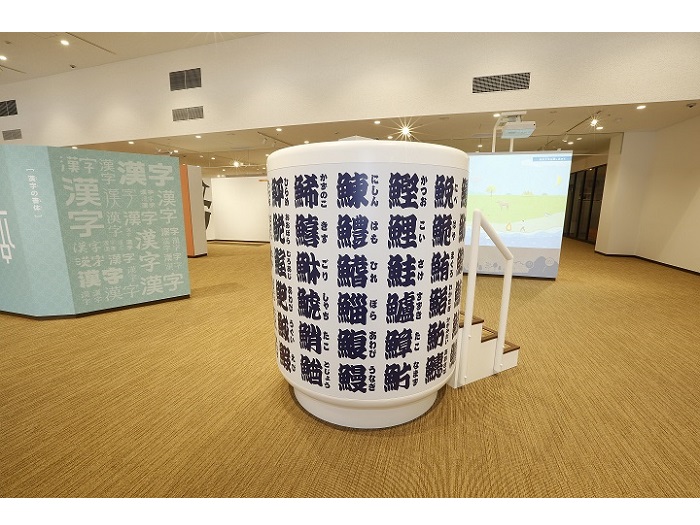
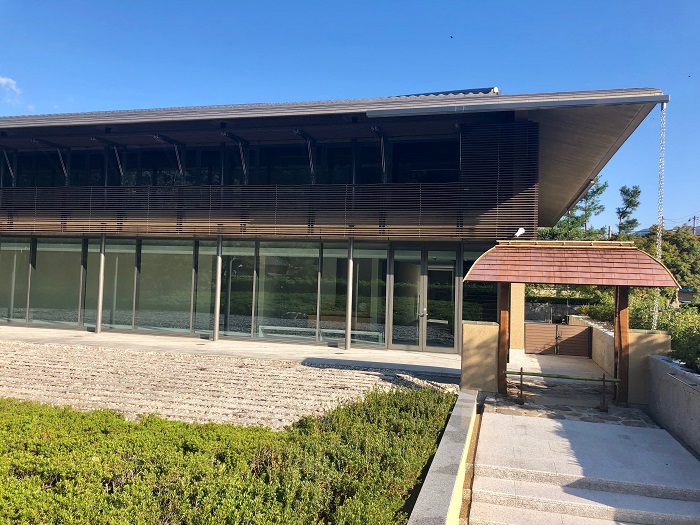
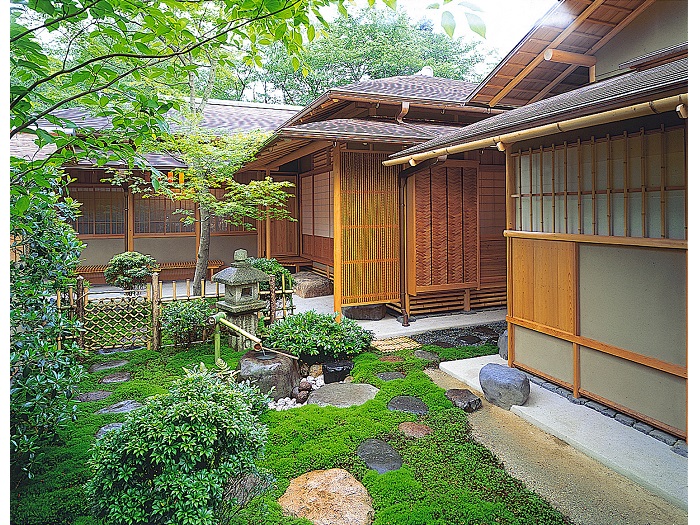
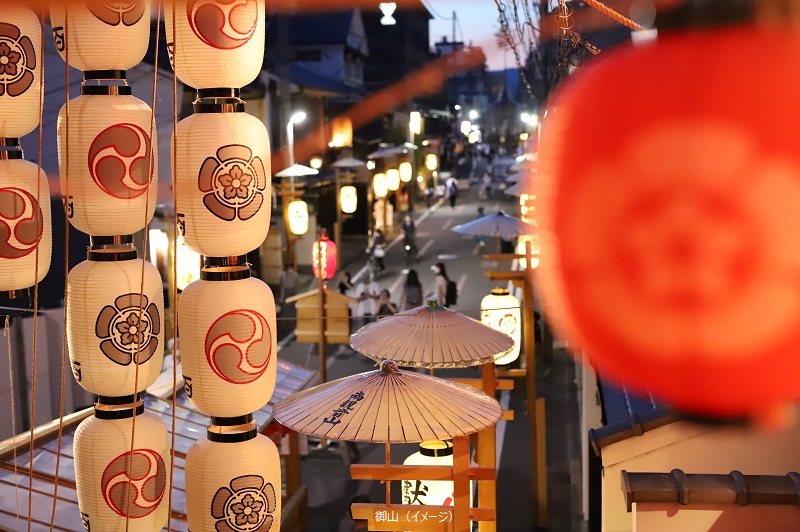
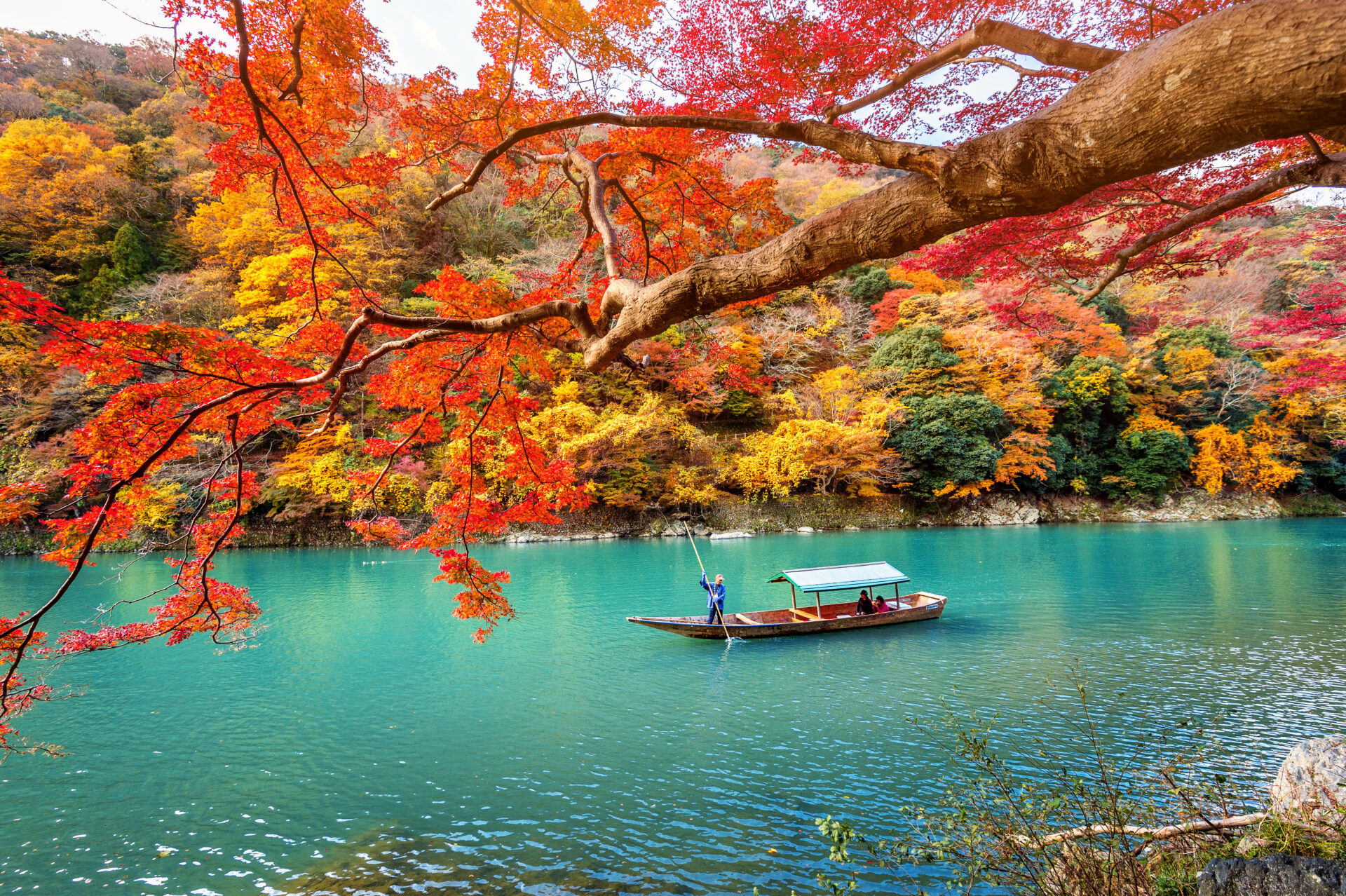

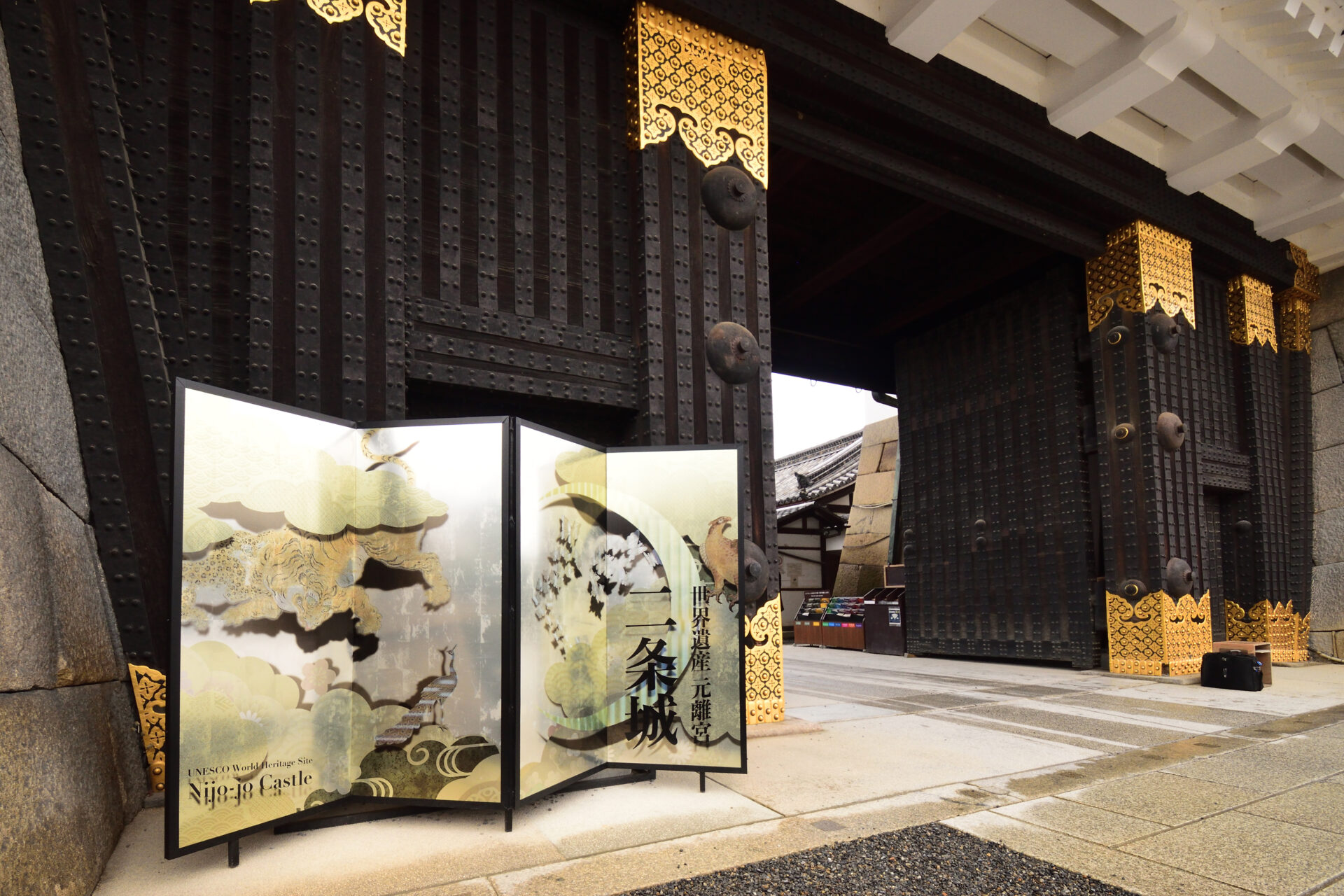
 Kyoto experience
Kyoto experience Contact us by phone
Contact us by phone Contact by email
Contact by email